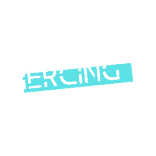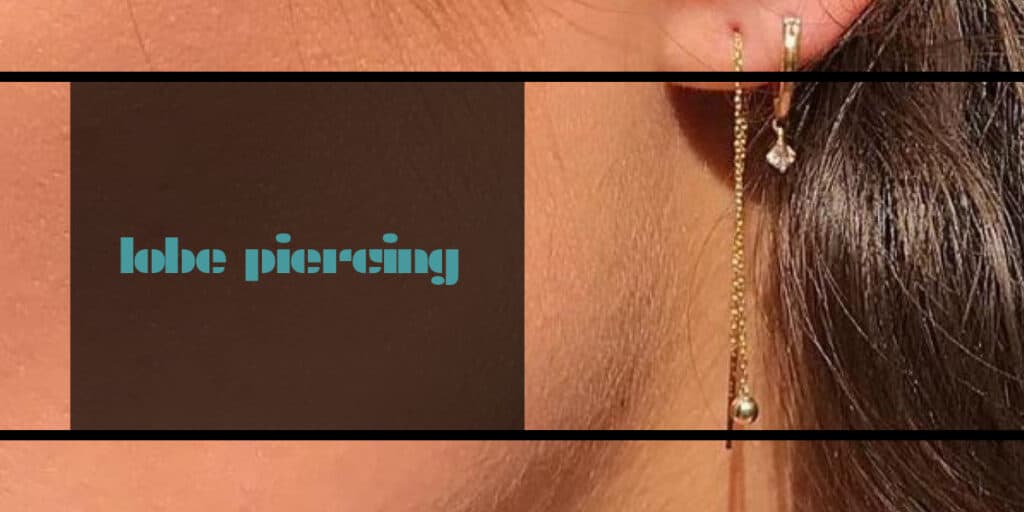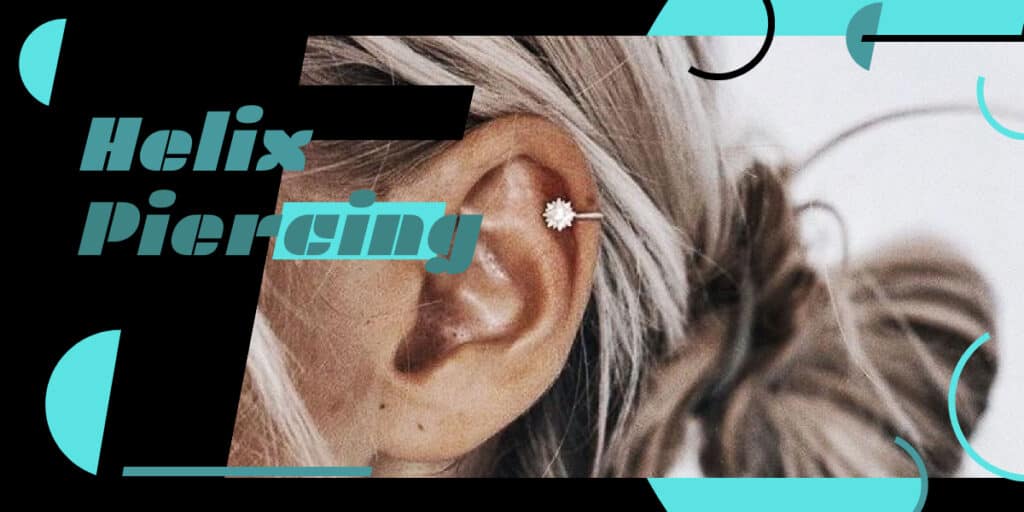What is a high lobe piercing?
Introduction
Are you curious about high lobe piercings? Wondering what they are, what they look like, and if they’re painful? Well, this is your perfect blog! On here, you’ll learn all you need to know about high lobe piercings – from the basics like what they are, how they’re done, and if they go through cartilage, to care and hygiene tips. Plus, we’ll answer any questions you have about high lobe piercings – does a high lobe piercing go through cartilage, is it painful, and how do you care for it? Have fun reading and learning!
What is a high lobe piercing?
If you’re curious about high lobe piercing, you’re not alone. This type of piercing is considered a more risqué piercage, as it’s located closer to the face. There are a few risks associated with it, such as infection and swelling. So, be sure to discuss them with your piercer before getting started. Make sure to ask about healing time, as this piercing can be sensitive. And if you ever have any questions or concerns, don’t hesitate to contact them.
Is a high lobe piercing painful?
If you’re thinking of getting a high lobe piercing, you’re in for a relatively pain-free experience. However, there may be some discomfort during the healing process. The piercing itself is done through the top cartilage or upper lobes of your ears, so it’s an ear piercing that goes above the ear canal. This type of piercing is often seen as more stylish and unique, and is therefore more popular than other ear piercings.
How do I care for a high lobe piercing?
A high lobe piercing is a type of ear piercing that sits higher on the ear than a standard pierced earring. As a result, it requires extra care and attention when it comes to keeping it clean and healthy. To ensure that your piercing remains healthy and infection-free, follow these five simple tips: -Wipe down the area around the piercing with peroxide every day -Check for signs of infection daily -Clean with antibacterial soap and warm water as needed -Never push objects through the piercing or twist them excessively -Allow time for the piercing to heal properly before wearing earrings or other jewelry
Does a high lobe piercing go through cartilage?
If you’re considering getting a high lobe piercing, it’s important to understand all the risks and benefits involved. Piercing through cartilage can be a shallow piercing, but because the metal is thicker than other piercings, it doesn’t typically cause any type of infection or pain. To make sure you’re getting the piercing you want, it’s important to go see a healthcare professional. They can help determine if a high lobe piercing is the right choice for you, and can also help you understand all the risks involved. Make sure you’re fully aware of all the possible side effects before making the decision to get a high lobe piercing. Finally, because it’s closer to the surface, a high lobe piercing is more likely to hurt and bleed than other piercings.
Frequently Asked Questions
How do I take care of my high lobe piercing?
It is important to take care of your high lobe piercing by following these simple guidelines. 1. Make sure that you dry it off completely before applying any jewelry or makeup. Excess moisture can cause irritation and infection around your piercing. 2. Use a mild soap or cleanser to gently wash it twice a week. This will remove any dirt, sweat, or other debris build-up on the piercing. 3. Be sure to keep your piercing clean and free of dirt, sweat, and other debris. This will help to prevent infection and keep the piercing looking its best. 4. Avoid using harsh chemicals as they can aggravate the skin around your piercing.
Is it safe to have a high lobe piercing done by an inexperienced piercer?
There is no guarantee that a high lobe piercing done by an inexperienced piercer will be safe, but as long as the piercing is done through thin cartilage and without going through major tissues like the ear canal, it should be relatively safe. If you’re still concerned about the safety of the piercing or your ear in general, make sure to speak with a professional piercer before taking any action. They can help you weigh all your options and decide on the best course of action for you.
How can I find a qualified piercer who will be able to properly care for my high lobe Piercing?
When you’re looking for a piercer to care for your high lobe piercing, it’s important to make sure that they are aware of the health risks associated with this piercing and are well-trained in how to properly care for them. Additionally, make sure that the piercer you choose is experienced in piercing high lobes and understands the risks involved. If you can’t find a qualified piercer who meets these requirements, then it may be best to seek out medical help instead.
What should I do if my high lobe Piercing starts to feel painful or infected?
If you’re experiencing any pain, inflammation, or infection with your high lobe piercing, it’s important to get it checked out as soon as possible. Depending on the severity of the issue, you may need antibiotics to help fight off any potential infection. Meanwhile, make sure to keep yourself clean and dry around the area to help avoid infection. You can use a sterile cleansing solution or sea salt spray to do this.
What is the difference between a high lobe piercing and other piercings?
A high lobe piercing is a piercings that is positioned higher up on the earlobe than other piercings. It’s often more visible, and the design, size and placement of it may vary depending on the person getting it done. Some people prefer a high lobe piercing because it seems more delicate and classy.
Conclusion
A high lobe piercing is a type of piercing that involves piercing through the cartilage on either side of the ear. While this piercing is not as common as other piercings, it can be quite aesthetically pleasing. In addition, high lobe piercings are often less painful than other piercings and can be cared for in the same way. If you’re interested in getting a high lobe piercing, make sure to read through our blog for more information on the piercing, pre-requisites, and aftercare. We hope you find our content useful!


